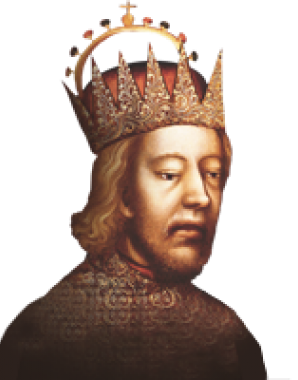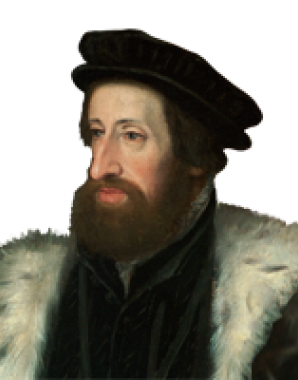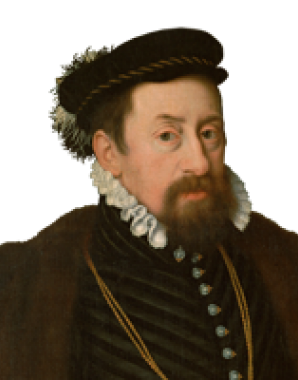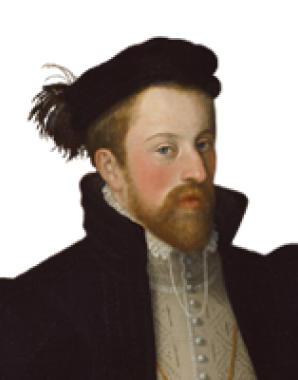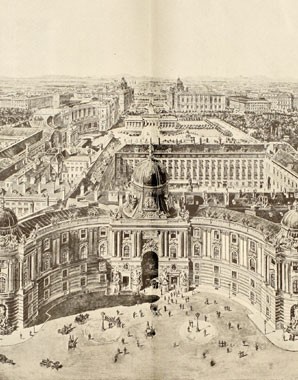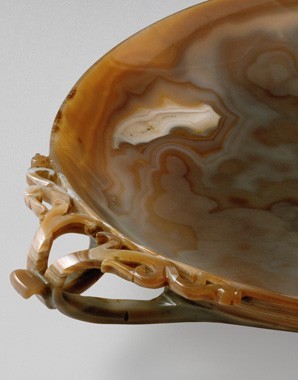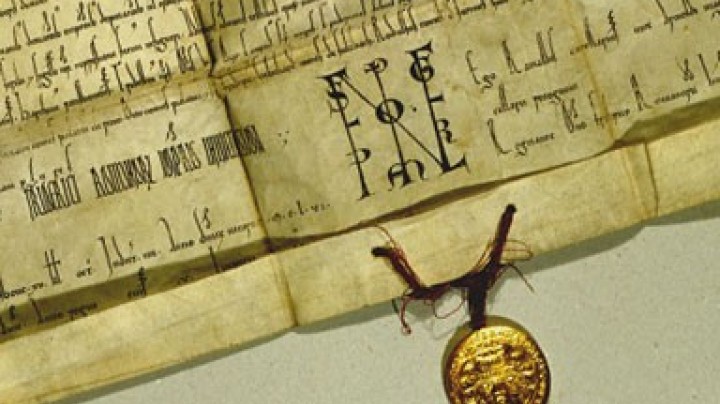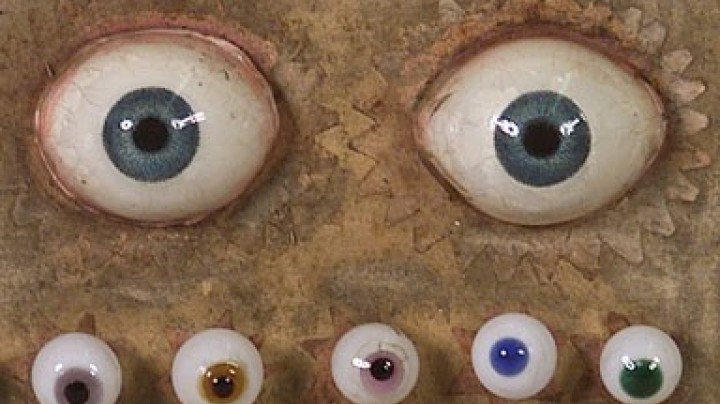The horn of a unicorn and the Holy Grail: the Habsburg treasure
The Habsburg treasure that the family had amassed over the ages contained much that was valuable but also objects that could only be described as ‘junk’. The most valuable objects were the horn of a unicorn and the Holy Grail.
The agreement pertaining to the ‘Ainkhürn’ and the agate bowl established
… that these two handsome and exquisite treasures should from now on and for all time eternal remain with our laudable House of Austria, and that neither of them should ever be alienated or altered by sale, gift, pawn or other like means, by whatever name it mat be called, but rather for all time remain in the keeping of the eldest prince of Austria.
The Habsburgs began to collect in the Middle Ages: Rudolf IV founded the first Habsburg family treasure which was enriched and extended by acquisitions, gifts, inheritance and confiscation. Under Frederick III the treasure included objects of gold and silver, coins, medals, precious stones, jewellery, documents, manuscripts and scientific instruments.
Around 1400 a new approach to collecting emerged: encyclopaedic collections were now intended to reflect the current status of knowledge of the world and contain objects from nature as well as works of art. Sigismund ‘der Münzreiche’ (lit.: ‘rich in coin’) had established a precursor of a cabinet of art and curiosities of the type that became popular among the European elites in the Renaissance.
Maximilian I extended the holdings through marriage. He collected art objects, in particular gems. However, this hoard was never exhibited but kept in coffers at various locations.
Emperor Ferdinand I was the first to establish dedicated premises to hold the Habsburg collections in the Vienna Hofburg and is thus regarded as the founder of the Kunstkammer (lit.: ‘art chamber’). He collected from both the dynastic and the aesthetic perspective – die the terms Schatzkammer (‘treasure chamber’) and Kunstkammer were used for the same holdings. These now included works of art, gemstones, medals and coins, the old Habsburg treasure, paintings, sculptures, drawings and books as well as stuffed mammals, birds and fish, skeletons, fossils, clocks and automatons among many other objects.
As he had done with his empire, Ferdinand I divided the treasure between his sons. However, two objects that were regarded as being of particular value – an agate bowl and the ‘Ainkhürn’ (unicorn’s horn), later the ‘inalienable treasure of the House of Austria’ – remained untouched. In 1564 the brothers – Charles II of Inner Austria, Maximilian II and Ferdinand of Tyrol – determined that these objects were not to be separated and should be kept by the head of the family ‘for all time’. The ‘Ainkhürn’, in fact a narwhal tusk, was thought to be the horn of a unicorn and was the most valuable item in early modern cabinets of curiosities. It was considered to possess magical powers and was regarded as a symbol of Christ. The agate bowl, the ‘Holy Grail’, is alleged to have caught the blood of Christ and was thus of huge religious significance.


